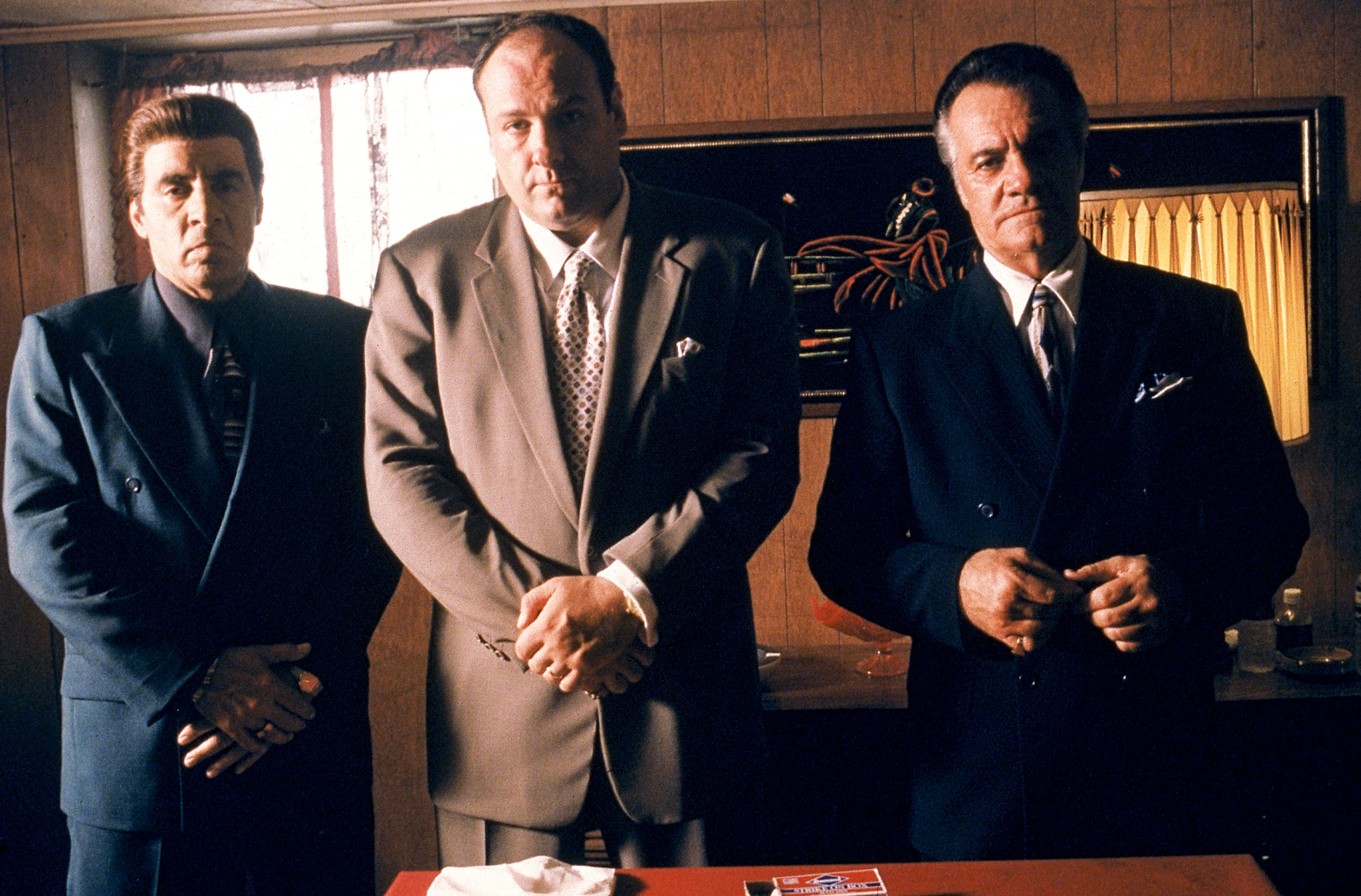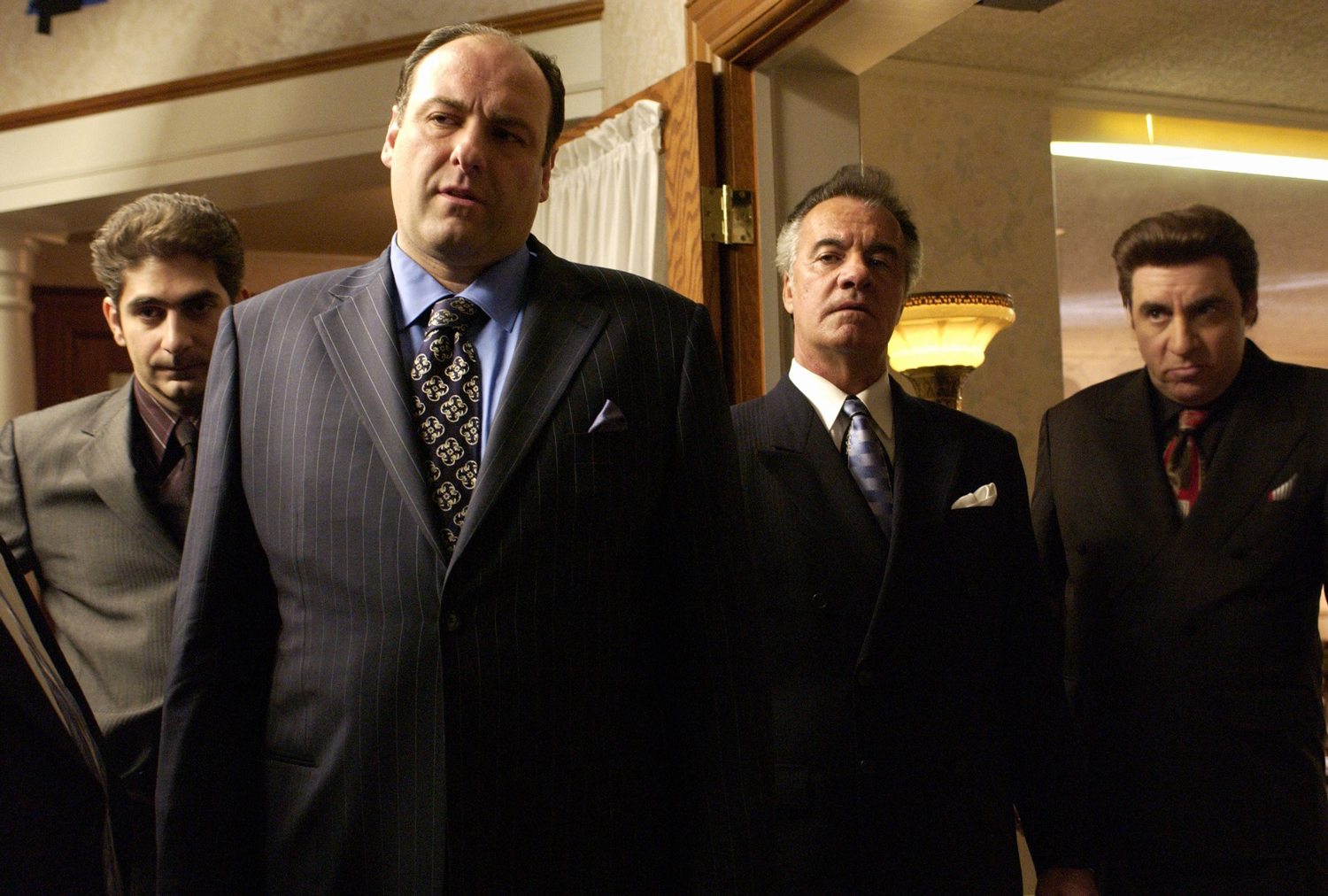
Season 6 of The Sopranos is not just the final chapter — it’s the unraveling of the entire myth. Across 21 episodes, the show reaches deep into the psyche of its characters and exposes the rot, fear, and futility that have been lurking underneath the surface all along. This is the season where death becomes routine, dreams blend with reality, and power stops being something to hold — and becomes something to survive.
It’s not just an ending. It’s a deconstruction. A slow-motion collapse.
A Season in Two Parts: Before and After
Season 6 is split into two major arcs:
-
Part 1 (Episodes 1–12): Tony is shot and falls into a coma, prompting deep introspection and dreamlike explorations of identity, mortality, and meaning. The crew begins to fracture.
-
Part 2 (Episodes 13–21, often called “The Final Nine”): The consequences of long-held grudges and festering resentment explode into a full-blown mob war. Tony’s psychological unraveling mirrors the collapse of his criminal empire.
The tone across both halves is thick with dread. The storytelling slows down, gets philosophical, even surreal. But it never loses its edge.
Tony’s Coma: A Trip to Purgatory
In the two-part season opener, Tony is shot by Uncle Junior in a moment of dementia-induced confusion. This event doesn’t just wound Tony physically — it changes the entire show’s rhythm. While in a coma, Tony dreams he’s a traveling businessman named “Kevin Finnerty,” caught in a strange, anonymous world where he has someone else’s identity and is forced to confront the possibility that he’s already dead.
These episodes are haunting. In this dream world, Tony is stripped of all mob associations, family baggage, and criminal weight. He’s just a man. And it’s terrifying.
The question hanging over these episodes isn’t just “Will Tony live?” — it’s “Should he?” The show places him at a metaphysical crossroads: return to life, or move on. But he wakes up. Not reborn — just more aware of his mortality, and more desperate to reassert control.
The Decline of Leadership: A Don in Freefall
When Tony returns to work, he’s different. Not softer, exactly — but emptier. He’s less confident, more impulsive. He starts gambling heavily, hoarding money, micromanaging his crew, and pushing people away. The moment he nearly kills Paulie for spilling secrets during their Florida trip shows how thin his patience has become.
More than ever, he’s burdened by the pointlessness of it all. Why did he survive? What is he clinging to? Even therapy becomes a dead end. Dr. Melfi ultimately concludes — after reading a psychological study — that sociopaths only use therapy to become better sociopaths.
She fires him.
Tony Soprano ends his therapy journey alone — unchanged, unrepentant, and unwilling to confront himself.

The New York War: Phil Leotardo’s Revenge
With Johnny Sack arrested and then dead from cancer, power shifts to Phil Leotardo — a deeply bitter, cold, and dangerous man. Phil is obsessed with vengeance and “doing things the right way.” To him, that means no compromises with Tony. No leniency. No shared profits.
The result is all-out war.
Key figures are murdered: Bobby Baccalieri is shot to death in a model train shop. Silvio Dante is critically wounded. Even Tony’s safehouses no longer feel safe. The brutal violence isn’t just shocking — it feels inevitable. This was always coming.
Tony retaliates, of course — eventually orchestrating Phil’s assassination in a chillingly casual hit. But victory doesn’t feel like a win anymore. The war may be over, but the damage is permanent.
There’s no more glory in being boss. Only blood and loneliness.
A.J.’s Breakdown: The Next Generation Crumbles
A.J., once comic relief, now becomes the tragic byproduct of Tony’s legacy. He spirals into a deep depression. His attempts to find purpose — through college, parties, even joining the Army — fall flat. Eventually, he tries to kill himself.
Tony saves him, but his solution isn’t therapy or real healing — it’s distraction. He buys A.J. a car, sets him up in business, and hopes the misery will fade.
But we know it won’t. The rot that infected Tony is already inside his son. The next generation is not okay.
Meadow’s Disillusionment: The Quiet Exit
Meadow, meanwhile, grows more distant. She’s still smart, driven, and loving — but no longer trying to rationalize her father’s world. She’s not naive. She’s just tired.
Her decision to pursue a career in law and marry Patrick Parisi, the son of a made man, suggests a form of quiet resignation. She won’t fight the system — she’ll work within it. Not because she believes in it, but because she sees no other way out.
Christopher’s Death: The Ultimate Betrayal
Tony murders Christopher in Episode 6 (“Kennedy and Heidi”) after a car accident. Christopher is high and reckless. Tony, staring at him gasping for breath, suffocates him. Calmly. Coldly.
It’s shocking — not because Christopher didn’t have it coming, but because Tony’s reaction is so dispassionate. He later admits he’s relieved that Christopher is gone. No more chaos. No more weakness.
But the void left behind is massive. Christopher was Tony’s project. His potential heir. His surrogate son. Killing him wasn’t just an act of pragmatism — it was the last severing of Tony’s illusions.
Finale: “Made in America” — The Cut That Split Television in Two
The final episode of The Sopranos is perhaps the most hotly debated in television history. Tony, Carmela, and A.J. sit in Holsten’s diner. Meadow struggles to park the car. Journey’s “Don’t Stop Believin’” plays on the jukebox.
Then — black screen. Silence.
No explosion. No closure. Just a cut.
Did Tony get whacked? Is he alive? Does it matter?
The brilliance of the ending is that it reflects the entire thesis of the show: There is no peace. There is no safety. Death, like life, is sudden and unceremonious. You don’t see it coming. It just… cuts.
Whether Tony lives or dies in that moment, he’s already trapped. Paranoid. Isolated. Watching every person walk through that door like they might be the one to end it.
He may be “Made in America,” but the system that built him will never let him rest.
